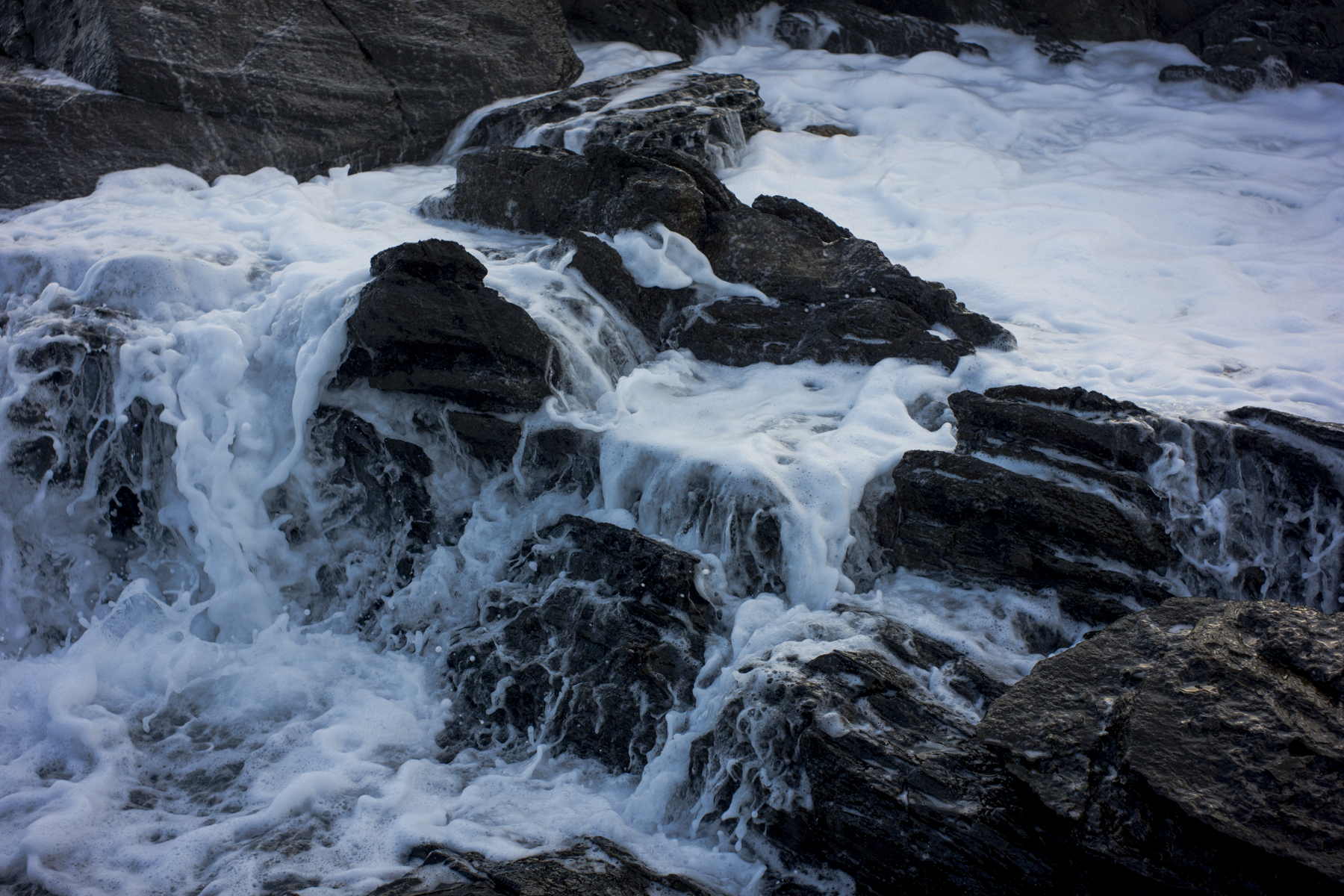Whilst Lariane Fonseca was staying with us at Encounter Bay whilst on her way back to Geelong from her Flinders Ranges trip I took the opportunity to do some research for the Adelaide Photography 1970-2000 book and to walk Adelaide’s CBD.
It was a nostalgic walk. I re-walked some of the routes that I used to do with Ari when we were living in the CBD. It was all about my memories. I even returned to some of the carparks that we used to visit and explore together:

The early morning and late afternoon poodlewalks walks in the CBD with Ari are what I miss about not living in the city now. I don’t really miss anything else about living in the city.
Continue reading “retracing old urban walks with Ari in Adelaide”










